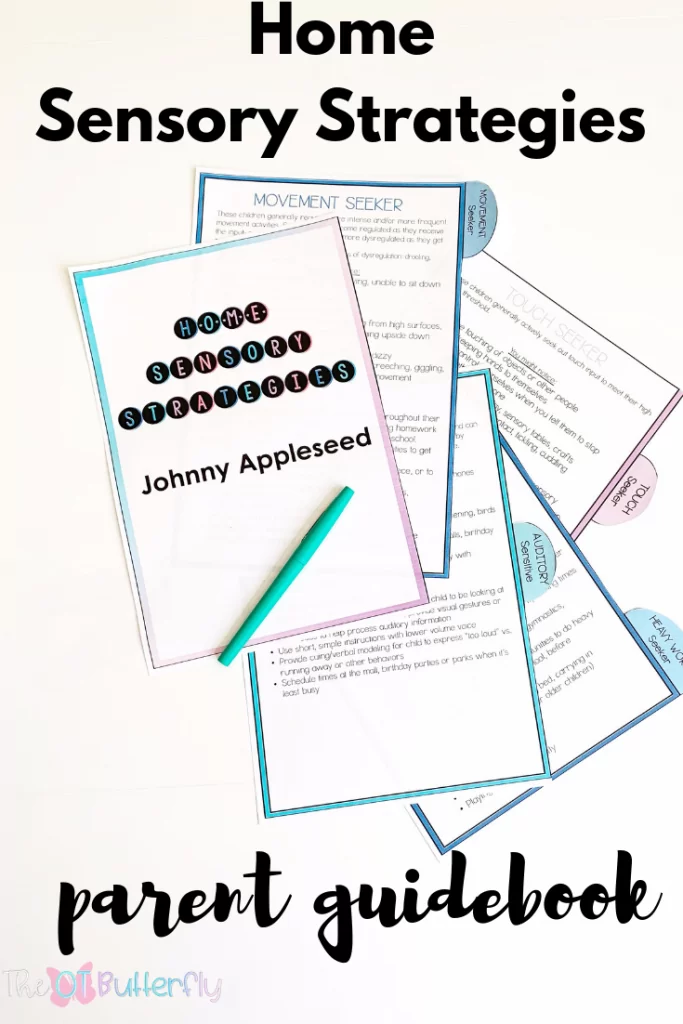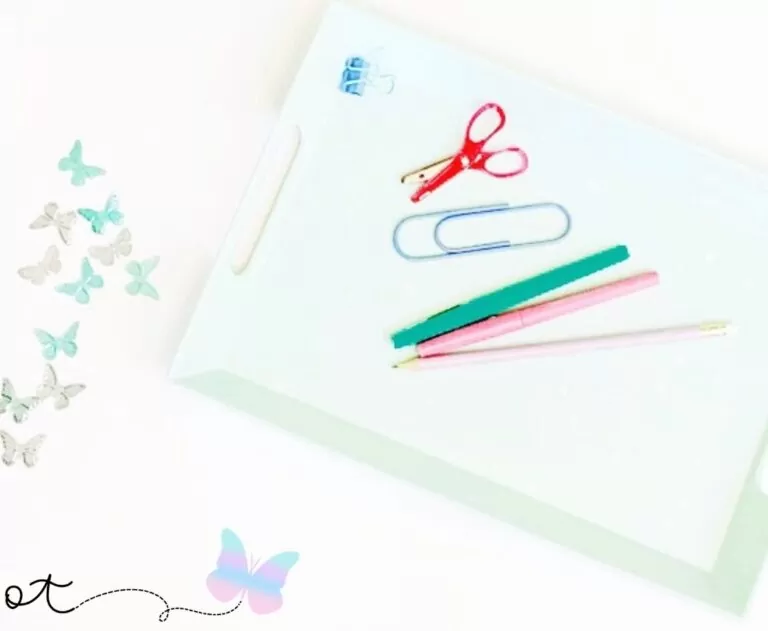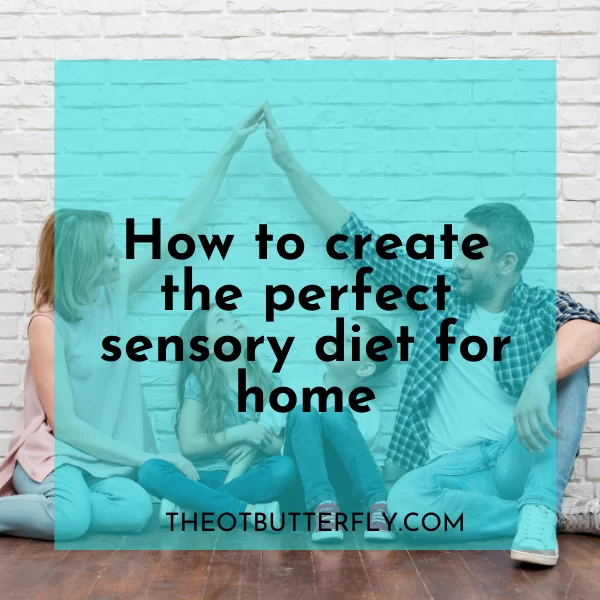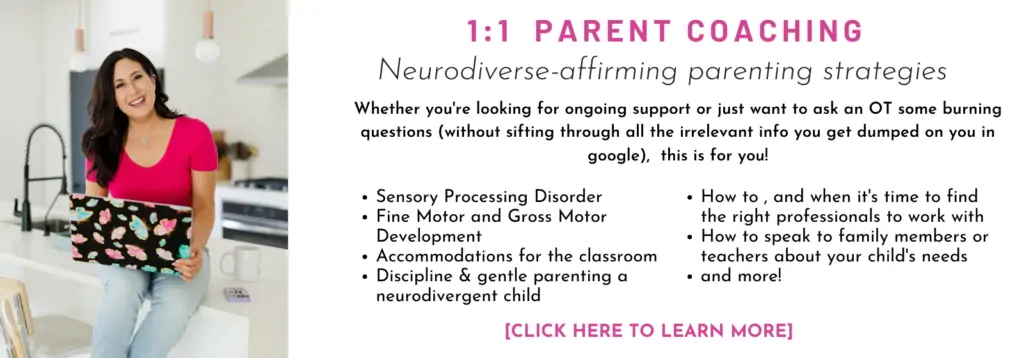Get your FREE sensory profiles cheat sheet >>click here<<
How to Create The Perfect Sensory Diet for Home
Ever wish you could rewind and inject some wisdom into your old self, courtesy of a more wise, experienced, new self?
As a baby OT, fresh out of grad school and overly excited to write her first sensory diet plans, I remember creating a VERY exhaustive list compiled with elaborate, albeit sensory rich, activities. I may have gotten a few of them from Pinterest.
It wasn’t until about 1 year in when I realized that the parents I worked with were having a hard time being consistent with the sensory diets. I often wondered, “Didn’t they get my 4 page long sensory diet program with over 100 activities for little Johnny?”
I had that “aha” moment when I joined the “exhausted parents club”. You know that club where you can barely get through the monotonous, robotic AM routines, let alone- implement an entire sensory diet before trying to rush out the door to get to school?
That’s when I decided to re-vamp how I talk about sensory diets with parents.
Step 1: Pre- sensory diet considerations
The first things I needed to find out and consider before creating a sensory diet for my clients was:
- Find out what their weekday morning, after school and before bedtime routines looked like
- Find out what their weekend “routines” looked like
- Find out what kinds of resources/space they have available
Step 2: Identify sensory profile
Next, I went through evaluation intake papers and other information related to their sensory processing. At our clinic, we use the Sensory Processing Measure and the Sensory Profile.
I combine this information with observations I’ve made of the child in the clinic myself.
Note: I typically don’t give parents “official” sensory diets until I have observed/worked with the clients at least 2-3 times to be able to make sure I know what the client responds to best.
Step 3: Curate list of sensory diet activities
Combining information from step 1 and step 2, I now carefully “curate” my list of appropriate sensory diet activities that would suit the child in this home environment.
I’m usually working off of this sensory strategies guidebook that I just edit accordingly in powerpoint.
I like to keep most, if not all of my sensory diet activities fairly no/low prep to ensure parents have a more successful follow through.
Then, I usually write down the activities in a daily planner like this simple, no prep printable.
Step 4: Parent education(Don’t skip this!)
If you haven’t already, spend time discussing the sensory profile of your client with his/her parents and make sure they understand
- Which sensory systems are impacting their child’s daily living (use this freebie handout for this part!)
- Which activities target particular sensory systems
- How to adapt particular activities
- How to look out for signs of dysregulation and what to do
- That a sensory diet is most effective with consistency and that the objective is to proactively feed the nervous system.
If you’re an OT looking for a way to save time while still creating tailored sensory programs for your clients at home, check out this Home Sensory Strategies Guidebook for Parents.








